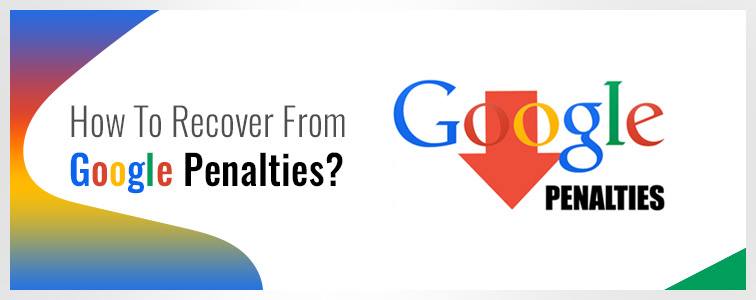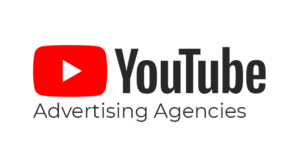How to recover from Google Penalties?
Do you remember the times when despite being the top-scoring student in the class, you were made to stand out for some of your mischiefs?
I am sure all of you might have faced such punishments some time or the other.
Well, we all do have to face the repercussions, if we do something wrong.
This was just to build the base and so that you could connect easily to what we are going to discuss further.
Yes, you are right, just as the title goes, we are going to talk about what are Google penalties and how to recover from it.
It hits really hard when your website has been ranking on the first page of the Search Engine Result Pages (SERP) and suddenly you literally do not exist even the 50th or 100th page.
If something like this has happened to you, you should look back on the course of actions you have taken recently and find out if you did anything to upset Google
Because if something like this is troubling your mind, try giving a thought about maybe you are hit by a Google penalty.
Google penalty is Google’s way of punishing you.
In more technical terms…..
What is a Google Penalty?
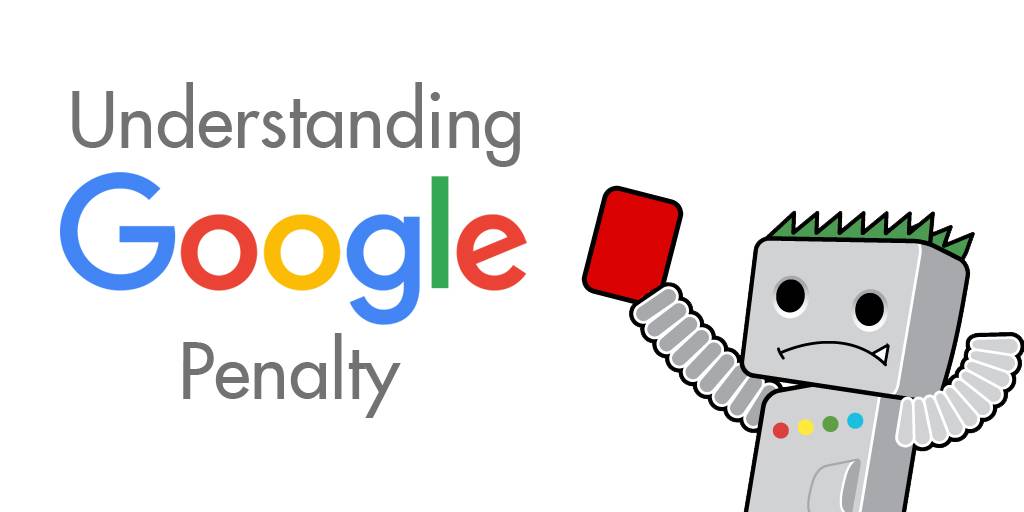
Google penalties are designed to punish the owner of a website that uses unscrupulous SEO practices or attempts to manipulate search results. Some of these penalties are implemented manually, others are algorithmic. Whether intentional or totally accidental, a practice that does not meet Google’s webmaster guidelines will be punished.
Google penalties are bad news for your site and reputation.
Google penalties remain a matter of big concern, especially from the SEO point of view, even if they are not new.
It is scary to think that organic search traffic can be virtually eliminated overnight. It could go from being extremely profitable to simply surviving if it is hit with a penalty.
Despite your best efforts to comply with Google’s guidelines and recommendations, you can still receive a fine.
Some penalties can be caused by factors totally out of your control, such as negative SEO attacks.
And they are quite common. According to Matt Cutts, “More than 400,000 manual penalties are fined each month.”
Whatever the cause of the fine, and whether it is a personal site or a client, you must be able to diagnose the cause and solve it. In most cases, you can recover almost all of your search traffic in the short term.
Google penalties are of two types:
Google may impose manual and algorithmic penalties on a site listed in its index.
- Manual penalty: this type of penalty is applied by a human being on the Google team. The action removes a website from the search engine results (SERP) pages, as a penalty for unscrupulous practices.
- Algorithmic penalty: This type of penalty is automatically applied using one of Google’s algorithms. The action reduces the position of a website in the SERP as punishment for unscrupulous practices.
Manual penalties come in two forms.
- Partial matches: penalties that affect parts of your website, such as specific pages.
- Full site matches: penalties that affect the entire site.
Let us have a look at the penalties one at and time and how to resolve them.
Manual penalties and their solutions
1. Website hacked
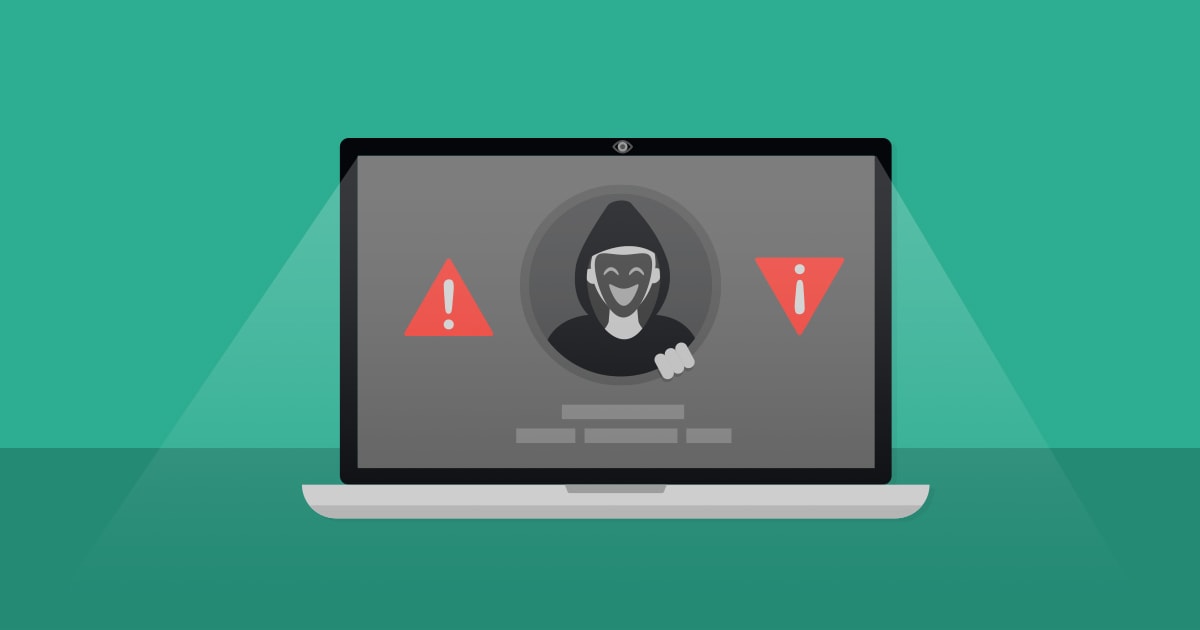
Hackers can play around with your content management system to add their own content and malicious links. They often “hide” this content, which makes it difficult to find, but Google detects it and adds a notification to pirated pages, which will cause a drop in organic search results.
The solution:
- Contact your host about the problem.
- Quarantine your site.
- Evaluate the damage and determine if it is spam or malware.
- Determine how the hacker accessed your site.
- Clean up malicious content and install the security features necessary to protect vulnerable areas and prevent future attacks.
- Request a review and ask Google to remove the hacking notification from your site.
- Make sure you always have a clean and recent backup of your website in case of piracy.
- Rewrite pirated content
2. Low or Thin Content:
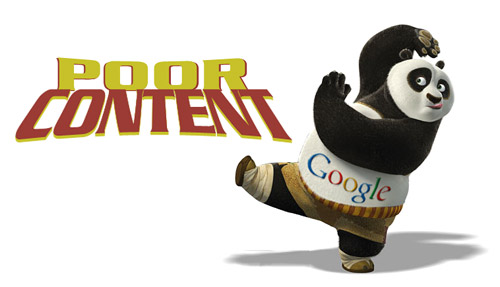
Google can manually penalize low-quality sites or sites with shallow page content.
The solution:
- Identify and remove any automatically generated content, incorrect login pages or affiliated pages.
- Use duplicate content detection software to search for “scratched” or copied content from another location on the Web. Remove and replace with unique content.
- Improve the copy with a few words and make it more detailed and informative. Invest in the services of a professional content editor to help you create a single, high-quality copy.
- Submit your reconsideration request.
3. Unnatural links
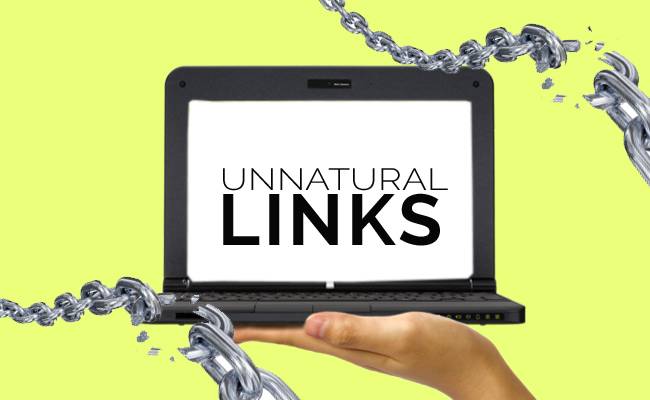
Links purchased, or created to manipulate search rankings, are considered “artificial, deceptive or manipulative outbound links” and will be penalized.
The solution:
- Remove unnatural links or modify them by adding a rel = “nofollow” attribute. This attribute will ensure that links no longer pass the PageRank.
- Reject defective links that you cannot remove.
- Be thorough and make sure that all nonconforming links have been deleted before submitting a reconsideration request.
- Avoid links to low-quality sites, non-industry related sites, fine content sites and sites with many external links.
4. User-generated spam
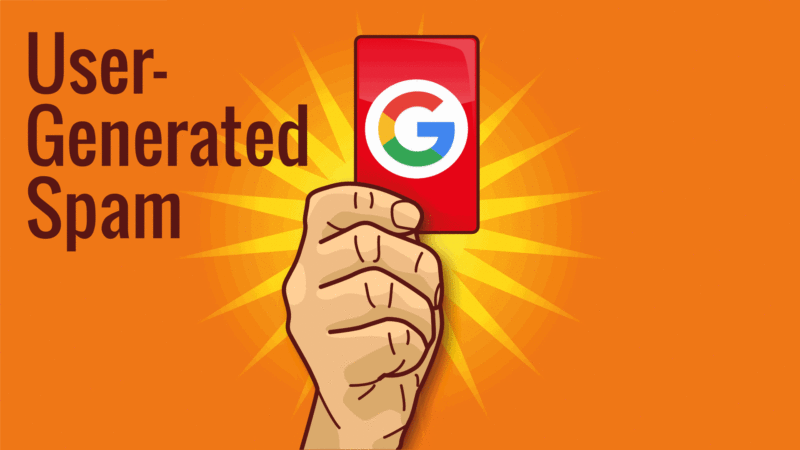
User-generated spam is low-quality, black-hat SEO content that is commonly found in online forums and comments.
The solution:
- Identify any page on your site where users can leave comments.
- Check these pages to see commentators with spam usernames, comments with irrelevant links, automatic comments, comments outside the topic and ads that appear as comments.
- Delete all inappropriate comments.
- Eliminate the possibility of users posting non-moderated content on your website.
- Prevent non-moderated content from appearing on your website.
- Submit your reconsideration request and be sure to moderate any future content generated by users of your site.
5. Incompatible Image
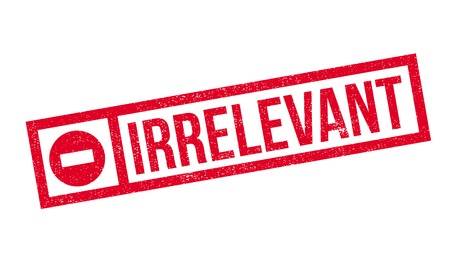
If an image on your website appears differently in a Google Images search, it can be penalized by the manual action “Google images do not match.” This prevents websites from manipulating Google images by forcing the search engine to index images that do not match what visitors see on the site.
The solution:
- Update all your alternative image attributes (alternative text) and image descriptions.
- Make sure these descriptions actively reflect what is shown in the image.
- Once this is done for all the images on your site, you can submit your reconsideration request.
6. Keyword stuffing

You could be penalized for having too many keywords or phrases grouped in your copy on the site, especially if the expressions are repetitive and affect the readability of the copy. The same goes for hidden text, which is a dishonest SEO practice.
The solution:
- Delete or rewrite any repeated paragraph or with heavy keywords.
- Repair any alternative titles and text labels that contain repetitive word strings or phrases.
- Consider investing in an SEO-compatible content editor to increase the quality of your content on the site.
7. For hidden text
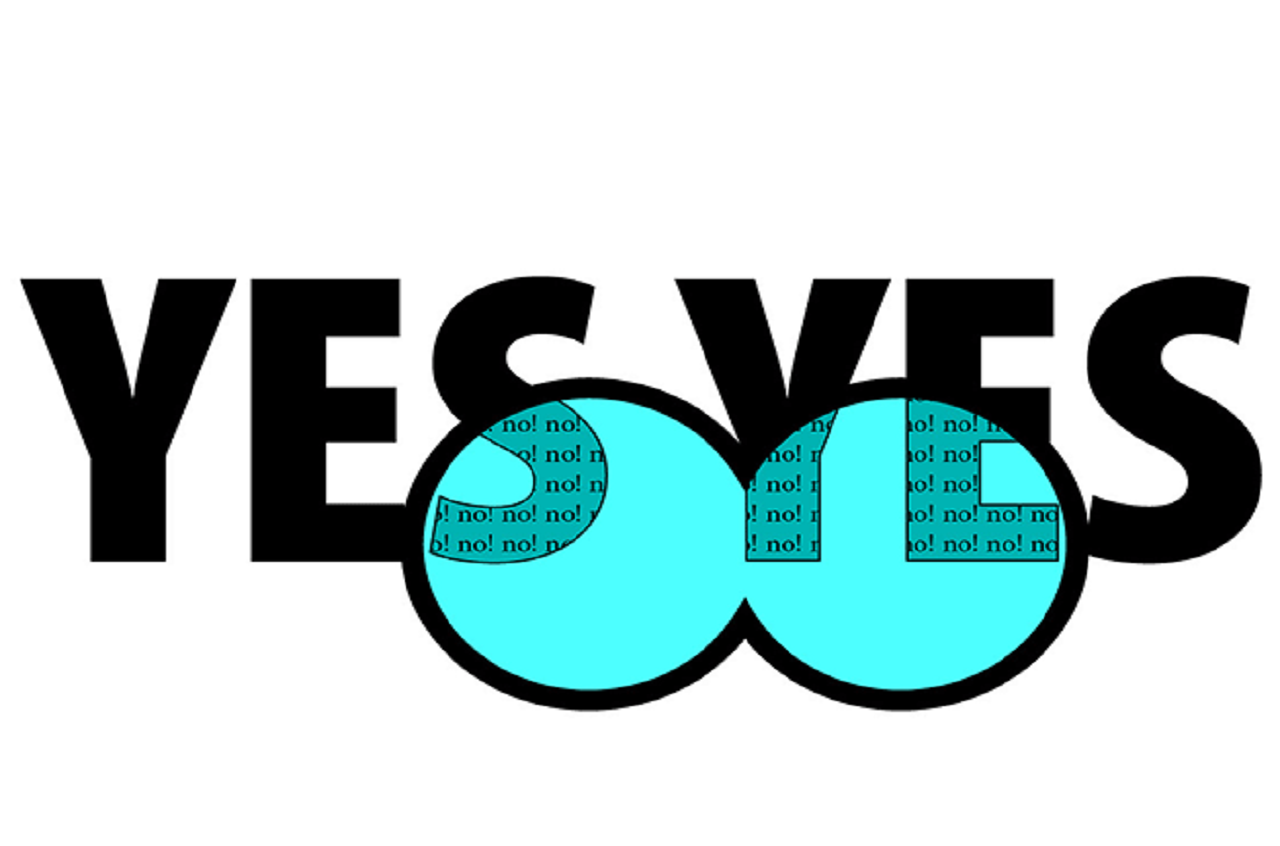
- Go to Google Search Console> Follow> Get as Google.
- Get the pages of the relevant parts of your site.
- Find the text of the same type as the body of the web page.
- Find hidden text with CSS style or positioning.
- Remove any hidden text or make it visible to make it obvious to human users and search engines.
- Once you’ve resolved all keyword issues and removed all hidden content, you can submit a reconsideration request to Google.
8. Misuse of structured marking
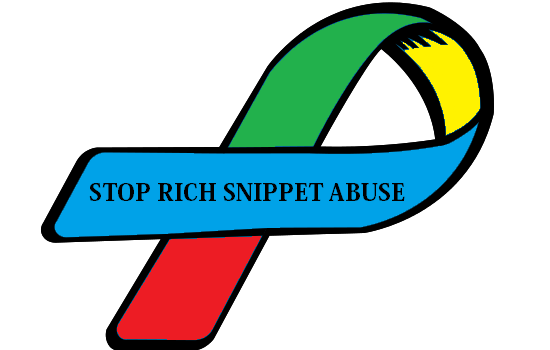
Structured content tagging is an excellent way to get better SERP results for your website. However, if you do not follow Google’s guidelines, you will be penalized.
The solution:
- Remove or update irrelevant, deceptive or invisible tags for users.
- Submit your reconsideration request.
Algorithmic penalties and their solutions
Panda and Penguin are two of the most important algorithm updates from Google. Each of them has had a powerful impact on the world of SEO. Let’s review the basics of Panda and Penguin, as well as the factors that led them to devalue website ranks:
1. Google Panda
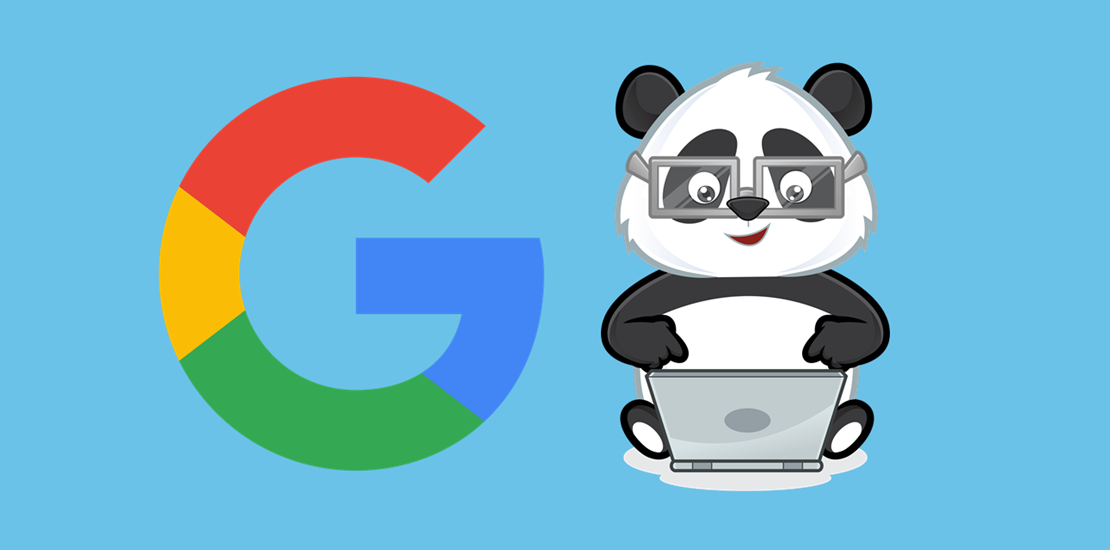
It was released on February 2011. Its main objective is to reward high-quality sites while reducing the prevalence of low-quality sites in the main results of Google’s organic search engines.
Panda’s specific objective was to target the content drums and devalue them, showing the high quality (or near the first) sites of the search results. Over the years, Panda has become a more holistic quality search algorithm and has finally joined the main Google algorithm.
Factors that are responsible for removal of the sites in the SERP by Panda:
- Low or thin content: pages that contain very little text (that is, some words or sentences) and do not contain relevant or important information.
- Low-quality content: pages that contain little or no valuable information for the human reader (that is, content that focuses primarily or exclusively on search phrases written with only for a search engine).
- Duplicate content: content copied from another location on the Internet or from several pages of the same website with identical or very similar content.
- Unapproved content: content from unauthorized or verified sources.
- Content drums: sites that contain a large number of low-quality pages with no real value to human users; Usually, short articles that cover a wide variety of search phrases provide search engine rankings.
- Low-quality content generated by the user: the UGC can be an excellent organic marketing tool if implemented correctly. But Panda is looking for low-quality implementations, such as poorly written guest blogs, full of errors and no authorized information.
- Advertising / High content index: web pages composed mainly of paid advertising, with very little original content.
- Blocked websites: Sites that users have chosen to block (directly in search engine results or through a Chrome browser extension), indicating that the site is spam or of poor quality.
2. Google Penguin
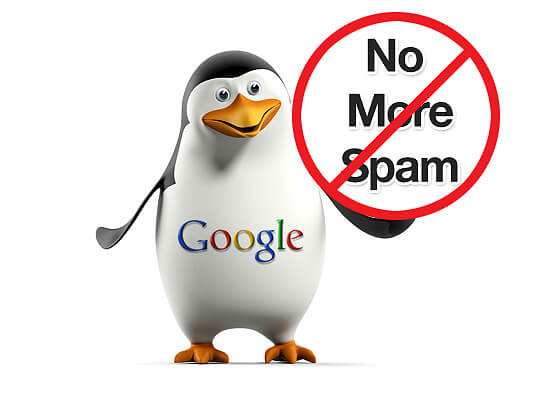
It was released on April 2012. And its main purpose, like Panda, Penguin aimed to reward quality sites and reduce the presence of low-quality sites in Google’s organic search results. Penguin has been integrated with the main algorithm in 2017.
Factors that are responsible for removal of the sites in the SERP by Panda:
- Keyword stuffing: pages that contain a lot of keywords and phrases. An attempt at manipulation to classify these expressions. Keyword padding leads to the repetition of unnatural sounds, to the detriment of the readability of the content.
- Link schemes: Acquire or buy backlinks on poor quality or unrelated websites to generate an artificial image of popularity and relevance.
Identification of an algorithmic penalty
As mentioned earlier, if your site is affected by an algorithmic penalty such as Panda, Penguin or any other member of the Google algorithms, you will not receive any notification from Google. You should use the analysis tools on your site to determine if you have ever been the victim of an attack by an algorithm.
Start by checking your Google Search Console> Traffic search> Manual actions to exclude a manual penalty (no notification = no manual action).
Make sure your Google Analytics tracking code works correctly.
Examine Google organic traffic on your site (not all traffic) and see if it detects a decrease in traffic corresponding to a confirmed or suspected update of something.
Manually check your ranking in a private navigation browser to determine if there really is a fall.
Remember that this is a good general rule, even if it does not guarantee that you can detect the culprit. It is also possible that your competitors beat you, hence the drop in the ranking. This is a sign that you need to refocus your efforts to improve the overall quality of your site.
If you think you have been affected by a filter or algorithmic update, first review this update and its triggers before taking any action. Then, clean your site and make sure that no problem can be detected using a filter such as Panda or Penguin.
Be sure to keep up to date with the latest changes in the Google search algorithm. Follow webmasters and trend analysts on Twitter and YouTube to receive news and advice. See also other reliable sources in the SEO community for information on unconfirmed updates.
The seriousness of the penalties and how to deal with it
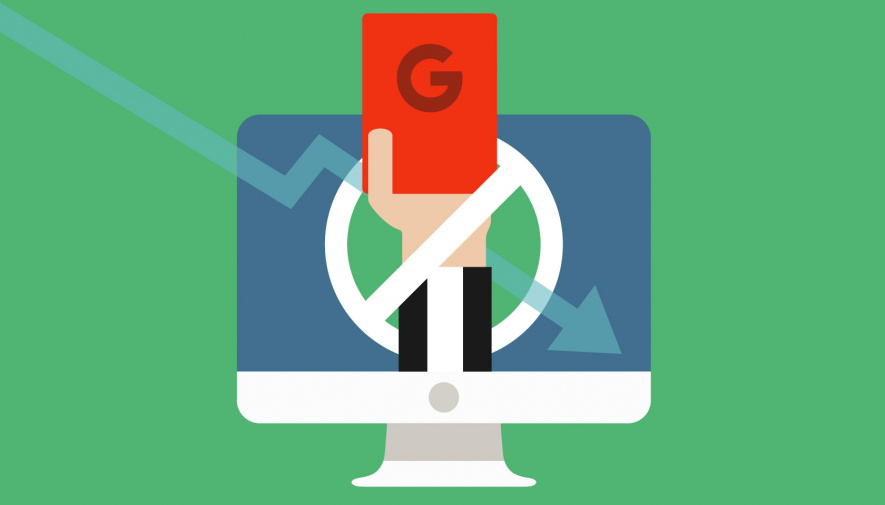
The most serious type of manual action is the complete removal of your website from the search and the removal of indexing. A less serious consequence is the partial removal of your site from the search.
The complete removal is also known as a “grey bar” penalty, which refers to the Google PageRank toolbar, which turns grey when Google shows a site as nonexistent. This indicates that the site had been completely excluded from the search engine index.
Partial deletion is called a “white bar” penalty: the toolbar would be empty if a web page has a PageRank equal to zero. This would indicate that the page does not have enough links to register a PageRank or that it has been restored.
If you are “excluded”, your site will not be completely deleted. However, being “grey” is the most severe manual sanction and will require the greatest recovery effort.
● Recovery of a “grey bar” penalty:
Once a serious manual penalty is enforced, the first sign you see is that your site’s domain name is again available on Google. You may have to wait a few weeks for this to happen, that is, Google begins to collect content and recognizes that it is worth re-indexing.
● Recovery of a “white bar” penalty:
In general, the recovery of a partial penalty will be faster. According to senior webmaster Mueller says that whites have been banned: “Usually, we simply have to go back, reprocess these pages to understand that everything is fine now.”
Once the issues have been resolved and the reconsideration request has been processed correctly, Google will be able to reclassify your site normally, without having to start from scratch.
Getting hit by a Google penalty can be really devastating, as stated earlier if your business depends mostly on online traffic. With the help of the above-mentioned methods, check out if your website has also been hit by Google penalty and recover it as soon as possible.
Do not forget to share your feedback on the information provided and also share if you have any other methods to detect and recover from the Google penalties.

